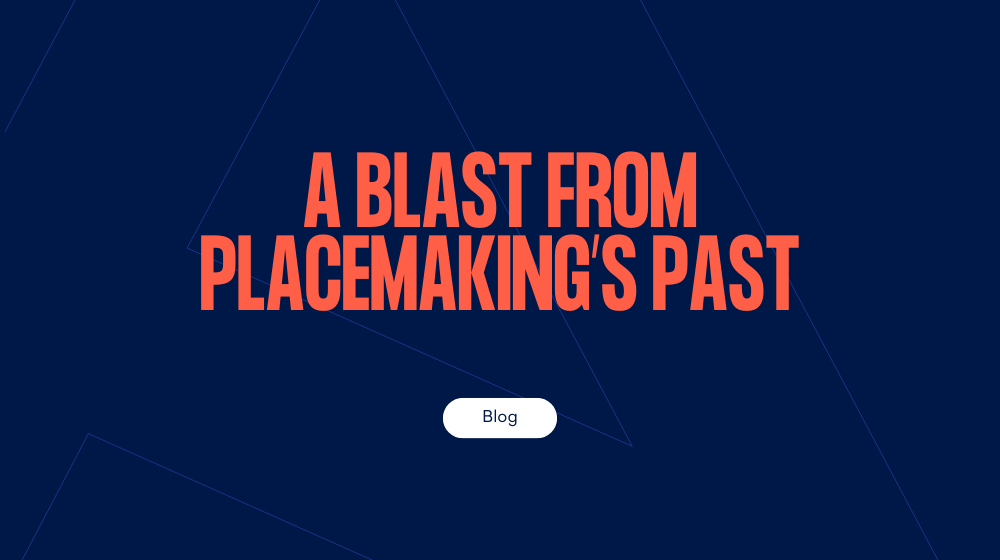Placemaking has been somewhat in vogue within the property sector for some time now, but where on earth did it come from?
There were more than a few revolutions during the sixties and, as the music, art and political worlds of the decade well and truly swung, the property and architecture spheres were also undergoing transformation.
Journalists such as William H. Whyte were sharing forward-thinking urban concepts that placed the citizen at their centre, rather than cars or shopping centres. However, the term placemaking itself didn’t really appear until the 70s, when the kings of planning began to pay more attention to these concepts and to the art of attracting people to places through good design and communication.
Although the phrase hasn’t been around for too long, though, places built for people certainly have. Here, we look at the creation of iconic places from the past and how comms played a much bigger part in their birth than you might have realised.
Building an Icon
Despite being one of the most recognisable buildings in the world, the Empire State Building didn’t get off to the best of starts when it opened in 1931. Offering the very best in modern office space in the heart of New York, you’d have expected the building to have been a success from the get-go.
Unfortunately, it happened to be built during the Great Depression, when money was a touch on the scarce side. Dubbed the ‘Empty State Building’, the initial take-up of its office space was a huge embarrassment for its developer John J. Raskob and the building needed help, fast.
Belle Moskowitz, who ran one of America’s first public relations agencies, Publicity Associates, was brought in to shift public opinion of the building. Her task: to make what most saw as a colossal (literally) waste of money and resources, a ‘place for the people’; a beacon of hope, inspiration and pride to New Yorkers in a time of hardship.
One of Belle’s first moves was to commission a graphic record of the building’s construction. These images, now a familiar snapshot of the era, showed the human element of the building, with workmen eating their lunch at dizzying heights.
Newspaper ads were run in general news sections, rather than the business pages, announcing the Empire State’s benefits. These included its ‘convenience to all points of transportation’. Advertising the building’s business draws to the public was a brave but clever move, and helped put the building’s purpose in plain view.
A brochure was produced to show points of interest from the building’s observation deck, which was published in the widely-read New York World-Telegraph. Not only did it promote the spectacular view, it made the public aware that this was a place for them.
The observation deck, accessible to all, has today been visited by around 110 million people. Despite being an office building, the Empire State is a place shared by many. From businesses to tourists, and most importantly, the locals, the building is an icon and a symbol of their city. It’s everything a ‘place’ should be.
To find out more about great communications for your place, talk to us today, or download our guide below.




